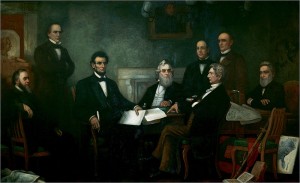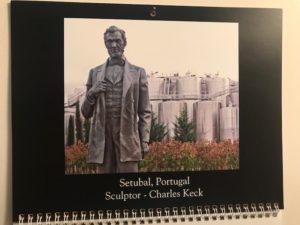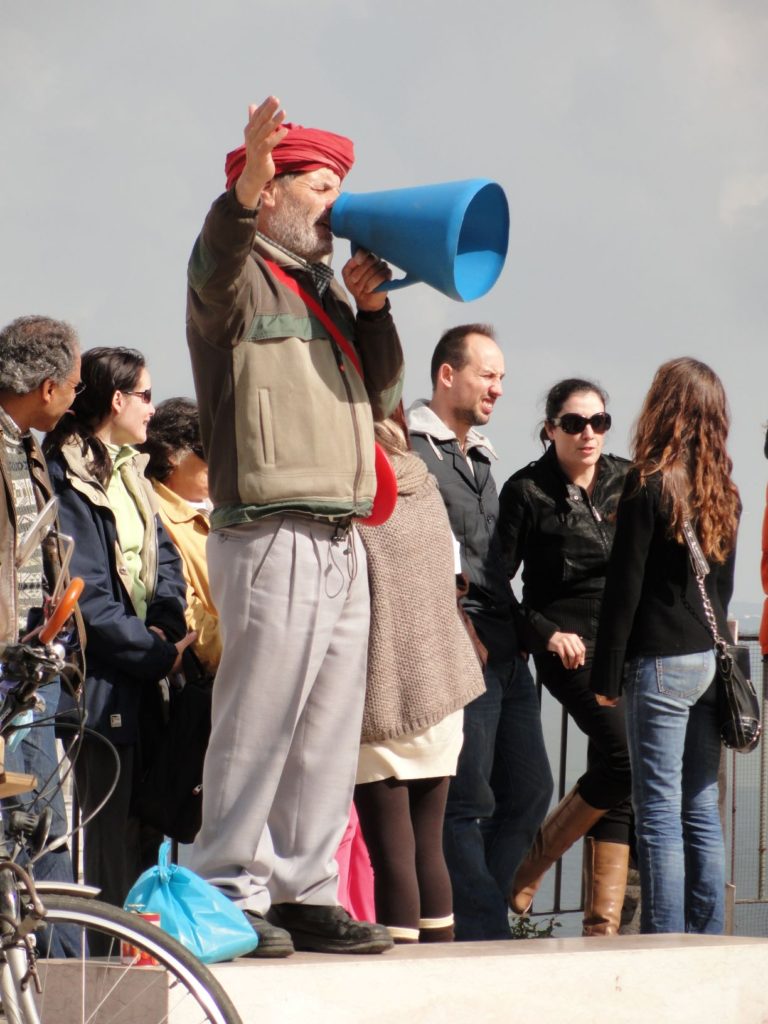 On July 22, 1862, Abraham Lincoln presented the draft Emancipation Proclamation to his cabinet. Constructed as a military order, the Proclamation stated “that all persons held as slaves” within the rebellious states “are, and henceforward shall be free.” It took some effort to get to this point.
On July 22, 1862, Abraham Lincoln presented the draft Emancipation Proclamation to his cabinet. Constructed as a military order, the Proclamation stated “that all persons held as slaves” within the rebellious states “are, and henceforward shall be free.” It took some effort to get to this point.
By the early spring of 1862, Lincoln had privately decided to issue an emancipation order. But he kept this decision to himself for many months while secretly drafting his arguments. Meanwhile, he publicly voiced apprehension about such a decision, suggesting that turning the rationale of the war from maintaining the Union to freeing the slaves would cause significant loss of northern support, in addition to creating potentially disastrous implications in the border states.
In April 1862, at Lincoln’s urging, Congress emancipated slaves in the District of Columbia and compensated their owners. That June, Lincoln signed a bill prohibiting slavery in all current and future U.S. territories. Most of these steps went largely unnoticed to anyone not directly affected, but they helped move public sentiment toward freedom. Unknown to anyone, Lincoln was preparing a draft of the now-famous document as he shuttled between the Soldier’s Home where he spent his summers and the telegraph office of the War Department.
On July 13, 1862, Lincoln presented his preliminary draft to Secretary of State William Seward and Secretary of the Navy Gideon Welles. Both men were caught off guard, but after discussions and suggested changes to the text they agreed to what Lincoln was proposing. Seward warned, however, that the action might sound desperate, given the recent Union losses on the battlefield. He suggested Lincoln wait until after a Union victory. Lincoln agreed.
Meanwhile, on August 19, New York Tribune editor and staunch abolitionist Horace Greeley, perhaps alerted that something was afoot, published an editorial he called “A Prayer for Twenty Millions,” suggesting it was time for the administration to act on the slavery question. Three days later, Lincoln published a reply that somewhat surreptitiously explained his objective in the war:
I would save the Union. I would save it the shortest way under the Constitution. The sooner the national authority can be restored; the nearer the Union will be ‘the Union as it was.’ If there be those who would not save the Union unless they could at the same time save slavery, I do not agree with them. If there be those who would not save the Union unless they could at the same time destroy slavery, I do not agree with them. My paramount object in this struggle is to save the Union, and is not either to save or to destroy slavery. If I could save the Union without freeing any slave I would do it, and if I could save it by freeing all the slaves I would do it; and if I could save it by freeing some and leaving others alone I would also do that. What I do about slavery, and the colored race, I do because I believe it helps to save the Union; and what I forbear, I forbear because I do not believe it would help to save the Union. I shall do less whenever I shall believe what I am doing hurts the cause, and I shall do more whenever I shall believe doing more will help the cause. I shall try to correct errors when shown to be errors; and I shall adopt new views so fast as they shall appear to be true views.
As the world read this, no one knew Lincoln had already drafted his proclamation. His goal for months had been to influence public sentiment so citizens were prepared to accept what he was about to do. In September, the battle of Antietam was considered enough of a victory to heed Seward’s caution, and on September 22, 1862, Lincoln issued the Emancipation Proclamation.
Written in dry, legal language, the proclamation stipulates that on:
…the first day of January [1863], all persons held as slaves within any state, or designated part of a state, the people shall then be in rebellion against the United States shall be then, thenceforward, and forever free…
The initial reaction was as Lincoln expected. Many of the more radical Republicans were ecstatic, while Democrats and other “peace at all costs” proponents saw it as an unnecessarily extreme act. Many voters agreed; Republicans lost twenty-eight seats in the House of Representatives that November. As Lincoln feared, many northerners were vehemently opposed to a civil war to free the slaves as opposed to preserve the Union.
Despite these setbacks, Lincoln was confident that the proclamation was both just and necessary. He explained that his action was solely as a war measure; that is, the proclamation was necessary to deprive the South of slave labor so important to their troop movements. With the danger of losing the border states in mind, the proclamation did not free any slaves in those states or any state or part of state now controlled by the Union. The only slaves who were freed were those in the Confederacy, where the federal government was powerless to enforce their freedom. Some have argued that this made the proclamation meaningless, but it did lead to the escape of many southern slaves into Union divisions. As Union forces captured more territory, freedom slowly spread to a broader group of southern-held slaves.
The Final Emancipation Proclamation was issued on January 1, 1863, and along with freedom for slaves in the designated areas was a call for the enlistment of black soldiers. Many freemen as well as escaped slaves joined the Union military. Discrimination was still rampant in the North—black companies were segregated and required a white commanding officer—but for the first time black men had an opportunity to defend their own liberty.
[Adapted from Lincoln: The Man Who Saved America]
David J. Kent is an avid science traveler and the author of Lincoln: The Man Who Saved America, in Barnes and Noble stores now. His previous books include Tesla: The Wizard of Electricity and Edison: The Inventor of the Modern World and two specialty e-books: Nikola Tesla: Renewable Energy Ahead of Its Time and Abraham Lincoln and Nikola Tesla: Connected by Fate.
Check out my Goodreads author page. While you’re at it, “Like” my Facebook author page for more updates!
Like this:
Like Loading...
 Abraham Lincoln had an inquisitive mind, and on July 29, 1836 he sees his first lightning rod. Poor George Forquer was to bear the result of Lincoln’s inquisition.
Abraham Lincoln had an inquisitive mind, and on July 29, 1836 he sees his first lightning rod. Poor George Forquer was to bear the result of Lincoln’s inquisition.


 On July 22, 1862, Abraham Lincoln presented the draft
On July 22, 1862, Abraham Lincoln presented the draft  Perhaps one of the oddest locations for an Abraham Lincoln statue is at a winery in Portugal. Which gets us to David Wiegers’s calendar entry for July. And a chance to reminisce on my quick visit to Portugal near the three years I spent living and working in Brussels.
Perhaps one of the oddest locations for an Abraham Lincoln statue is at a winery in Portugal. Which gets us to David Wiegers’s calendar entry for July. And a chance to reminisce on my quick visit to Portugal near the three years I spent living and working in Brussels.







